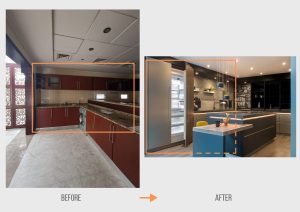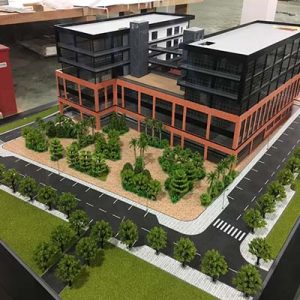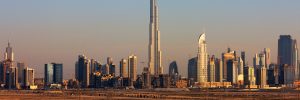
When it comes to restaurant photography, the angle from which you shoot can make a significant difference in the overall impact of your images. Utilizing various angles adds depth and interest to your photos and also highlights the restaurant’s unique atmosphere and culinary offerings. Below are some effective techniques for using angles in restaurant photography.
Eye-level shots:
Eye-level shots are the most natural and commonly used angles in restaurant photography. They offer a straightforward perspective, allowing viewers to feel as if they are part of the dining experience. This angle is especially effective for capturing diners enjoying their meals, as it conveys a sense of intimacy and connection. When photographing dishes, eye-level shots can highlight the texture and details of the food, making it more appetising. Aim to position your camera at the same height as the plate to create a balanced composition that draws attention to the dish.
Overhead shots:
Overhead shots, also known as flat lays, are a fantastic way to showcase a table setting or multiple dishes at once. This angle provides an inclusive view of the dining experience and is particularly effective for sharing on social media platforms. When using this angle, ensure that the table is well arranged, with a cohesive color palette and aesthetically pleasing placement of food and props.
45-degree angles:
Shooting at 45-degree angle offers a vigorous perspective that can add visual interest to your images. This angle allows for a three-dimensional view of the dish, showcasing its height and layers while still capturing the surrounding elements on the table. It’s especially effective for capturing beverages and desserts, where depth and detail can elevate the visual appeal.
Close-ups:
Close-up shots focus on specific elements of the dish, such as textures, ingredients, or intricate details. This angle can evoke a sensory response, making the food look even more appetising. Close-ups work well for showcasing garnishes, sauces, or the quality of ingredients. When taking close-up shots, pay attention to lighting and focus to ensure that the details are sharp and well-defined, creating an enticing image that encourages diners to explore the dish further.
Wide-angle shots:
Wide-angle shots are beneficial for capturing the ambiance and overall atmosphere of the restaurant. This angle allows you to include more of the surroundings, showcasing the décor, lighting, and layout of the space. Wide-angle photography can create a sense of place, making customers feel as if they are stepping into the restaurant.





